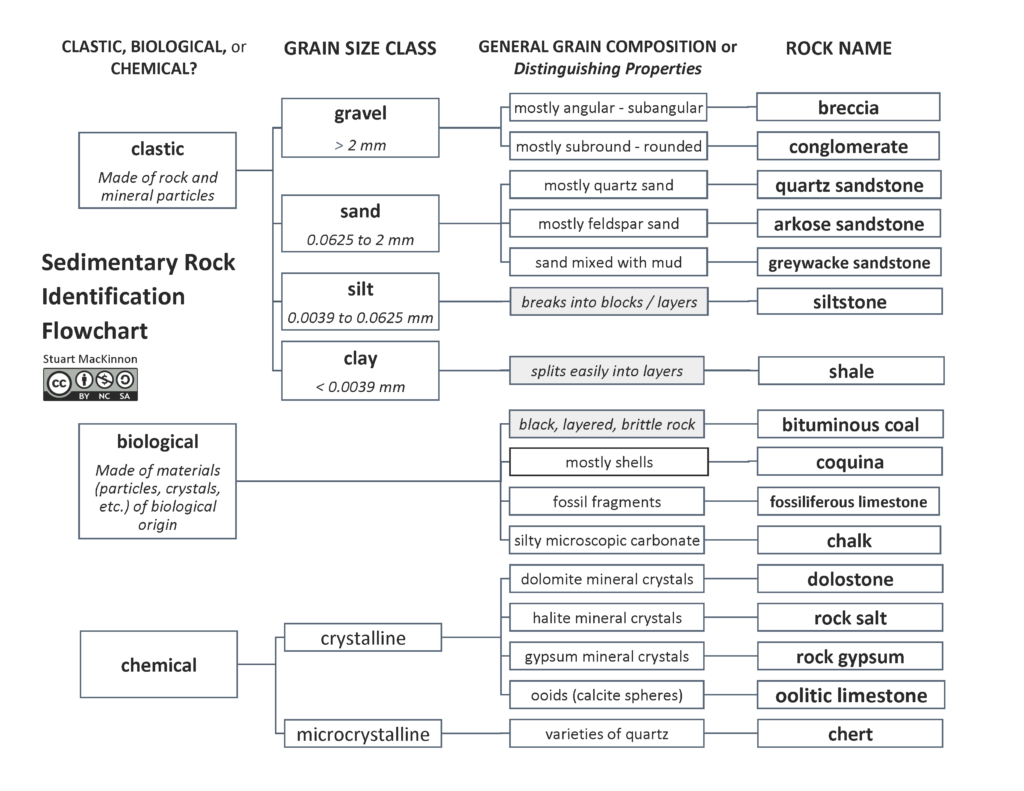Lab 5 Sedimentary Rocks Lab Worksheet
If you're looking for a hands-on learning experience with geology, then look no further than lab 5 sedimentary rocks lab worksheet. This lab is designed to help students gain a better understanding of the formation and characteristics of sedimentary rocks, which are some of the most important rocks in the Earth's crust.
While lab 5 sedimentary rocks lab worksheet can be a fun and engaging experience, it can also be a bit challenging for some students. Some of the pain points that students may encounter in this lab include difficulty identifying different types of sedimentary rocks, confusion about sedimentary rock formations, and struggles with properly describing the characteristics of sedimentary rocks.
The target of lab 5 sedimentary rocks lab worksheet is to teach students about the characteristics and formation of sedimentary rocks. By the end of the lab, students should be able to effectively identify and describe the different types of sedimentary rocks, understand how these rocks form, and recognize their importance in the Earth's crust.
In summary, lab 5 sedimentary rocks lab worksheet is a hands-on learning experience that teaches students about the formation and characteristics of sedimentary rocks. Throughout the lab, students will identify and describe the different types of sedimentary rocks, learn how these rocks form, and recognize their importance.
What is Lab 5 Sedimentary Rocks Lab Worksheet?
Lab 5 Sedimentary Rocks Lab Worksheet is a lab that is designed to teach students about the formation and characteristics of sedimentary rocks. This lab is typically a hands-on experience, where students will work with different sedimentary rock samples, learn how to identify them, and describe their characteristics.
My personal experience with lab 5 sedimentary rocks lab worksheet was challenging but rewarding. I struggled with identifying some of the different types of sedimentary rocks at first, but with practice, I began to get the hang of it. I also found it interesting to learn about the different formations and characteristics of sedimentary rocks, and how they are important to our understanding of the Earth's history.
What Are the Key Learning Objectives of Lab 5 Sedimentary Rocks Lab Worksheet?
The key learning objectives of lab 5 sedimentary rocks lab worksheet include understanding the different types of sedimentary rocks, identifying their characteristics, and recognizing their importance in the Earth's crust. Students will also learn about the formation of sedimentary rocks, including the processes of weathering, erosion, transportation, deposition, compaction, and cementation.
How Are Sedimentary Rocks Important for Understanding the Earth's History?
Sedimentary rocks are important for understanding the Earth's history because they often contain clues about past environmental conditions, climate changes, and geologic events. By studying sedimentary rocks, geologists can learn about the evolution of life on Earth, the movement of continents, the formation of mountains, and the history of past climate changes.
What Are Some Common Characteristics of Sedimentary Rocks?
Some common characteristics of sedimentary rocks include layering, grain size, bedding planes, fossils, and cement. Layering refers to the horizontal bands that are often visible in sedimentary rocks, which can indicate changes in depositional environments over time. Grain size can vary widely, from microscopic particles to large boulders, and can help identify the type of sedimentary rock. Bedding planes are the surfaces between layers of sedimentary rock, which can be used to measure the thickness of a rock formation. Fossils are common in many types of sedimentary rocks and can provide important information about past life forms. Finally, cement is the material that holds the sediment grains together to form a rock.
What Are Some Tips for Succeeding in Lab 5 Sedimentary Rocks Lab Worksheet?
Some tips for succeeding in lab 5 sedimentary rocks lab worksheet include studying the characteristics and formations of sedimentary rocks before the lab, practicing identifying different types of sedimentary rocks, and taking detailed notes during the lab. It's also important to ask questions whenever you are confused or unsure about something, and to take advantage of any resources that are available to you, such as textbooks, online resources, or your lab instructor.
Conclusion of Lab 5 Sedimentary Rocks Lab Worksheet
Overall, lab 5 sedimentary rocks lab worksheet is a fun and engaging way to learn about the formation and characteristics of sedimentary rocks. By identifying and describing different types of sedimentary rocks, students can gain a better understanding of the Earth's history and the important role that sedimentary rocks play in it. With practice and perseverance, students can overcome any challenges that they may encounter in this lab and walk away with a deeper appreciation for geology.
Gallery
Lab 5 - Sedimentary Rocks Miranda .docx - Name: _GEOG 1210: Sedimentary

Photo Credit by: bing.com /
Dr.Pollack's Wonderfully Beneficial Geology Class!: Lab 5 - Sedimentary

Photo Credit by: bing.com / sedimentary fossiliferous rocks beneficial geology wonderfully pollack dr class limestone
Lab 5 Activity – Laboratory Manual For Earth Science

Photo Credit by: bing.com / flowchart sedimentary
Sedimentary Lab 5 | PDF | Sedimentary Rock | Clastic Rock

Photo Credit by: bing.com / sedimentary
Lab 4 Earth Materials And Sedimentary Rocks | Chegg.com

Photo Credit by: bing.com / sedimentary hasn solved yet